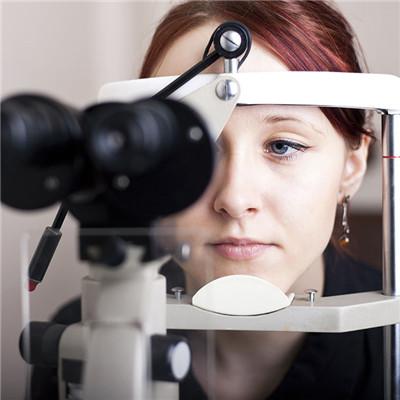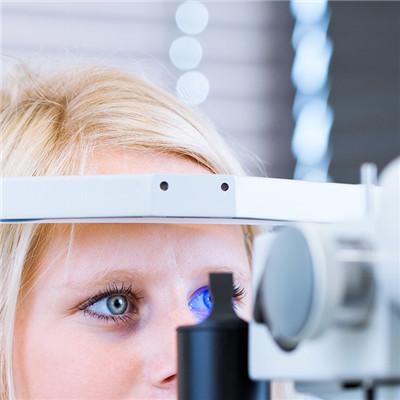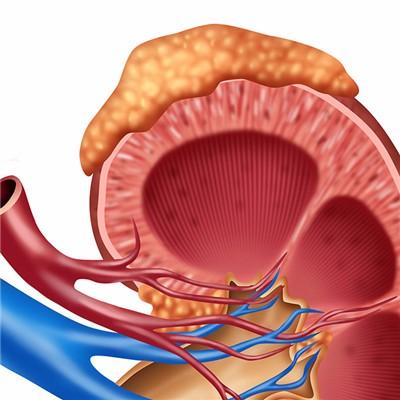What's the matter with hyperopia?
summary
Hyperopia is the phenomenon of ametropia which is just opposite to myopia. Patients are required to pay enough attention to the treatment of this disease. The main reason is that the eyeball is relatively ametropic, and the object image is imaged behind the retina. In this case, the object seen is usually relatively clear in the far, while the object near is relatively fuzzy. So we must do a good job in the related work of this disease, so what's the matter with hyperopia?.
What's the matter with hyperopia?
First: the most common in hyperopia eyes is axial hyperopia, which means that the anterior and posterior axis of the eye is shorter. This is one of the most common refractive abnormalities. At birth, the average axial length of human eyes is about 17.3 mm. From the length of the axial length, almost all of them are hyperopia. It can be said that the hyperopia of infants is physiological. After that, with the development of the baby's body, the anterior and posterior axis of the eye also grows slowly. Until adulthood, the human eye should face squarely or nearly face squarely. Under normal circumstances, hyperopia will gradually grow into emmetropia; There are more people due to some internal or external causes of the influence of the eye axis is too long and the formation of myopia; But if in this process, the eye growth retardation due to various reasons, there will be "hyperopia", which is also called "axial hyperopia".

Second: another kind of hyperopia is corneal curvature hyperopia, which is caused by the small curvature of the surface of any refractive body in the ocular refractive system, which is called curvature hyperopia. Cornea is prone to such changes, such as congenital membrane, or by trauma or corneal disease. According to the theory of optics, every 1 mm increase of cornea curvature radius can increase 6 d hyperopia. In this kind of curvature hyperopia, only a few corneas can remain completely spherical, and almost all of them have astigmatism.

Third: the third kind of hyperopia is refractive hyperopia. This is due to the decreased refractive power of the crystal. It is caused by the physiological changes in the elderly and the pathological changes in the treatment of diabetes; Hyperopia may also occur when the lens is dislocated backward, which may be caused by congenital abnormality or ocular trauma and diseases; In addition, it can cause high hyperopia in the absence of crystal.

matters needing attention
For teenagers, the vast majority of hyperopia belongs to axial hyperopia. Although the eye axis is too short due to small eyeball, and the object image is usually focused behind the retina, the object image is blurred, but the ciliary muscles on both sides of the lens have their own regulatory ability, but this regulatory ability gradually subsides in our long-term eye use, In contrast, eye vision can activate eyeground ciliary muscle through physical training, so that the ciliary muscle can obtain strong self-regulation ability, so that the eyeball refraction becomes more flexible, and in the dynamic process of self-regulation, the object image can fall on the retina clearly.











